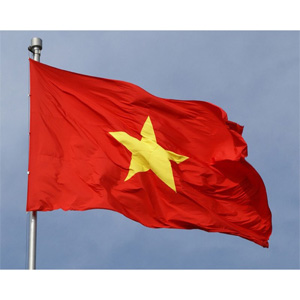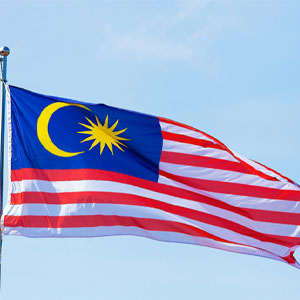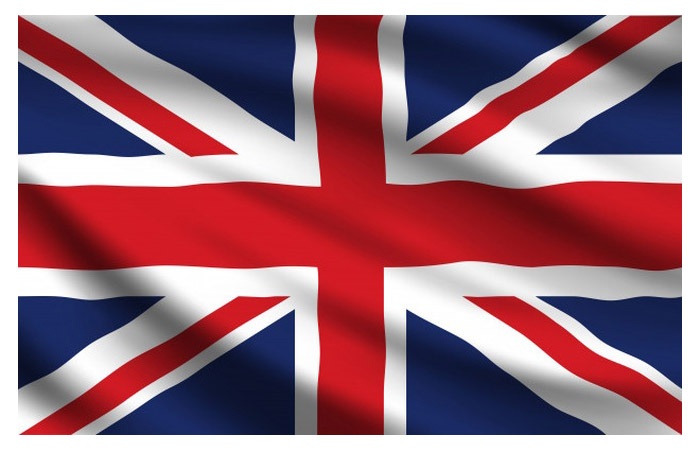About National flag
Today let find out about national flag, their shape, their history and various kind of National flag around the world
Table of contents
1. Overview
A national flag is a flag that represents and symbolizes a given nation. It is flown by the government of that nation, but usually can also be flown by its citizens. A national flag is typically designed with specific meanings for its colours and symbols, which may also be used separately from the flag as a symbol of the nation. The design of a national flag is sometimes altered after the occurrence of important historical events. The burning or destruction of a national flag is a greatly symbolic act.

2. History
Historically, national flags originate as military standards, used as field signs. The practice of flying flags indicating the country of origin outside of the context of warfare became common with the maritime flag, introduced during the age of sail, in the early 17th century. The origins of the Union Jack flag date back to 1603, when James VI of Scotland inherited the English and Irish thrones (as James I), thereby uniting the crowns of England, Scotland and Ireland in a personal union (which remained separate states). On 12 April 1606, a new flag to represent this regal union between England and Scotland was specified in a royal decree, according to which the flag of England (a red cross on a white background, known as St George's Cross), and the flag of Scotland (a white saltire on a blue background, known as the Saltire or St Andrew's Cross), would be joined together, forming the flag of Great Britain and first Union Flag.
With the emergence of nationalist sentiment from the late 18th century national flags began to be displayed in civilian contexts as well. Notable early examples include the US flag, which was first adopted as a naval ensign in 1777 but began to be displayed as a generic symbol of the United States after the American Revolution, and the French Tricolore, which became a symbol of the Republic in the 1790s.
Most countries of Europe adopted a national flag in the course of the 19th and early 20th centuries, often based on older (medieval) war flags. The specifications of the flag of Denmark were codified in 1748, based on a 14th-century design. The flag of Switzerland was introduced in 1889, also based on medieval war flags. The Netherlands introduced two national flags in 1813 (either an orange-white-blue or a red-white-blue tricolour; the final decision in favour of red was made in 1937). The tricolour flag became really popular in Europe, with countries like Ireland, Romania and Estonia adopting the flag.
The Ottoman flag (now the flag of Turkey) was adopted in 1844. Other non-European powers followed the trend in the late 19th century, the flag of Japan being introduced in 1870, that of Qing China in 1890. Also in the 19th century, most countries of South America introduced a flag as they became independent (Peru in 1820, Bolivia in 1851, Colombia in 1860, Brazil in 1822, etc.)

3. Design
The art and practice of designing national flags is known as vexillography. The design of national flags has seen a number of customs become apparent.
All national flags are rectangular, except for the flag of Nepal. The ratios of height to width vary among national flags, but none is taller than it is wide, again except for the flag of Nepal. The flags of Switzerland and the Vatican City are the only national flags which are exact squares.
The obverse and reverse of all national flags are either identical or mirrored, except for the flag of Paraguay and the partially recognized Sahrawi Arab Democratic Republic. See Flags whose reverse differs from the obverse for a list of exceptions including non-national flags.
As of 2011 all national flags consist of at least two different colours. In many cases, the different colours are presented in either horizontal or vertical bands. It is particularly common for colours to be presented in bands of three.
It is common for many flags to feature national symbols, such as coats of arms. National patterns are present in some flags. Variations in design within a national flag can be common in the flag's upper left quarter, or canton.
4. Where to purchase national flag
Kim Flag - Vietnamese flag maker, flag producer is one of the best place for you to buy national flag, especially if you need a great quantity.
We offer not only the best price but also great quality flag. Flag is produced complying with each nation's rule to perfectly serve its country. Kim FLags -Vietnamese flag producer, flag maker has experience and capacity to undertake any kind of national flag production. Please contact us with information below:
Kim Flags- Vietnamese flags manufacturer
Location: Tu Van commune, Thuong Tin district, Hanoi, Vietnam
Telephone: +84 243 201 5255
Hotline/whatsapp: +84 932 33 9296
Fanpage: https://www.facebook.com/xuongmayco.vn
Email: xuongmayco@gmail.com





